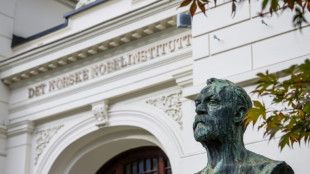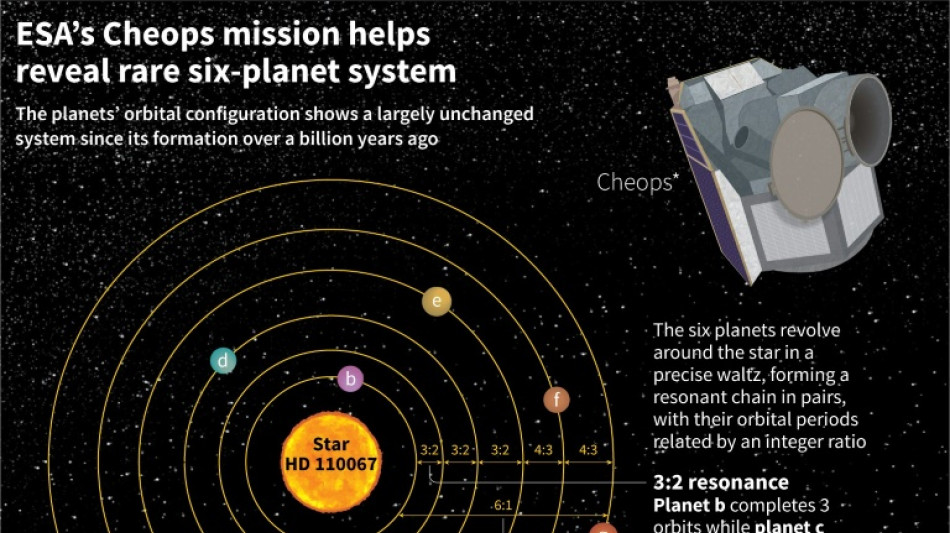
-
 NBA back in China after six-year absence sparked by democracy tweet
NBA back in China after six-year absence sparked by democracy tweet
-
Energy storage and new materials eyed for chemistry Nobel
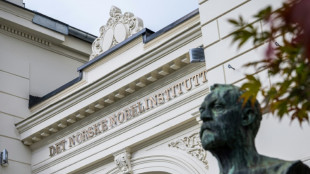
-
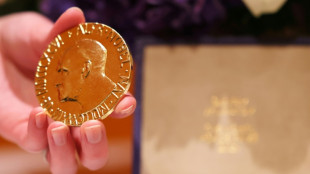 Trump unlikely to win Nobel Peace Prize, but who will?
Trump unlikely to win Nobel Peace Prize, but who will?
-
Qatar, Turkey to join third day of Gaza peace talks in Egypt

-
 Study finds women have higher genetic risk of depression
Study finds women have higher genetic risk of depression
-
Dolly Parton's sister calls for fan prayers over health issues

-
 On Trump's orders, 200 troops from Texas arrive in Illinois
On Trump's orders, 200 troops from Texas arrive in Illinois
-
Two bodies found, two missing after Madrid building collapse

-
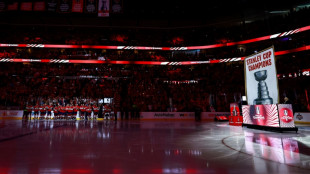 Panthers raise banner as NHL three-peat bid opens with win
Panthers raise banner as NHL three-peat bid opens with win
-
Nobel physics laureate says Trump cuts will 'cripple' US research
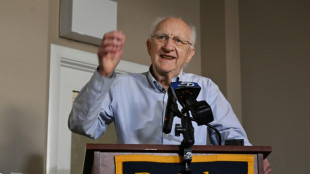
-
 UFC star McGregor suspended 18 months over missed drug tests
UFC star McGregor suspended 18 months over missed drug tests
-
Trump talks up Canada trade deal chances with 'world-class' Carney
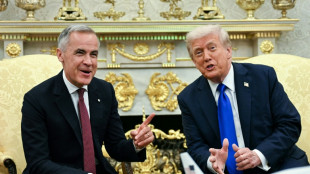
-
 Ecuador president unharmed after apparent gun attack on motorcade
Ecuador president unharmed after apparent gun attack on motorcade
-
Lyon exact revenge on Arsenal, Barca thrash Bayern in women's Champions League

-
 Trump says 'real chance' to end Gaza war as Israel marks attacks anniversary
Trump says 'real chance' to end Gaza war as Israel marks attacks anniversary
-
Gerrard brands failed England generation 'egotistical losers'

-
 NFL fines Cowboys owner Jones $250,000 over gesture to fans
NFL fines Cowboys owner Jones $250,000 over gesture to fans
-
Bengals sign veteran quarterback Flacco after Burrow injury

-
 New prime minister inspires little hope in protest-hit Madagascar
New prime minister inspires little hope in protest-hit Madagascar
-
Is Trump planning something big against Venezuela's Maduro?

-
 EU wants to crack down on 'conversion therapy'
EU wants to crack down on 'conversion therapy'
-
French sex offender Pelicot says man who abused ex-wife knew she was asleep

-
 Trump says 'real chance' to end Gaza war as Israel marks Oct 7 anniversary
Trump says 'real chance' to end Gaza war as Israel marks Oct 7 anniversary
-
UK prosecutors to appeal dropped 'terrorism' case against Kneecap rapper

-
 Spain, Inter Miami star Alba retiring at end of season
Spain, Inter Miami star Alba retiring at end of season
-
EU targets foreign steel to rescue struggling sector

-
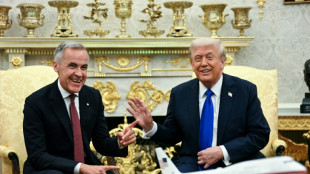 Trump talks up Canada deal chances with visiting PM
Trump talks up Canada deal chances with visiting PM
-
Knight rides her luck as England survive Bangladesh scare

-
 Pro-Gaza protests flare in UK on anniversary of Hamas attack
Pro-Gaza protests flare in UK on anniversary of Hamas attack
-
Top rugby unions warn players against joining rebel R360 competition

-
 Outcast Willis 'not overthinking' England absence despite Top 14 clean sweep
Outcast Willis 'not overthinking' England absence despite Top 14 clean sweep
-
Trump says 'real chance' of Gaza peace deal
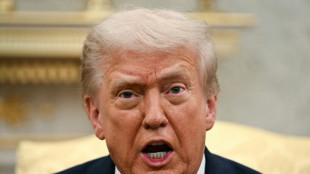
-
 Macron urged to quit to end France political crisis
Macron urged to quit to end France political crisis
-
No.1 Scheffler seeks three-peat at World Challenge

-
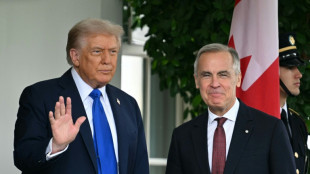 Canadian PM visits Trump in bid to ease tariffs
Canadian PM visits Trump in bid to ease tariffs
-
Stocks falter, gold shines as traders weigh political turmoil

-
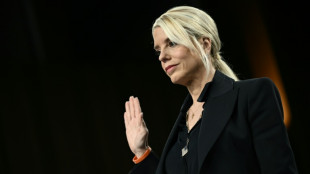 Senators accuse US attorney general of politicizing justice
Senators accuse US attorney general of politicizing justice
-
LeBron's 'decision of all decisions' a PR stunt

-
 Observing quantum weirdness in our world: Nobel physics explained
Observing quantum weirdness in our world: Nobel physics explained
-
WTO hikes 2025 trade growth outlook but tariffs to bite in 2026

-
 US Supreme Court hears challenge to 'conversion therapy' ban for minors
US Supreme Court hears challenge to 'conversion therapy' ban for minors
-
Italy's Gattuso expresses Gaza heartache ahead of World Cup qualifier with Israel

-
 EU targets foreign steel to shield struggling sector
EU targets foreign steel to shield struggling sector
-
Djokovic vanquishes exhaustion to push through to Shanghai quarterfinals
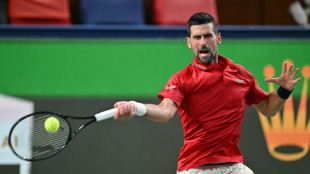
-
 Stocks, gold rise as investors weigh AI boom, political turmoil
Stocks, gold rise as investors weigh AI boom, political turmoil
-
Swiatek coasts through Wuhan debut while heat wilts players
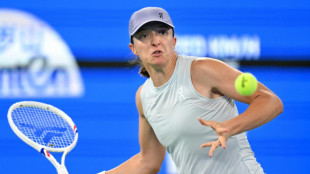
-
 Denmark's Rune calls for heat rule at Shanghai Masters
Denmark's Rune calls for heat rule at Shanghai Masters
-
Japanese football official sentenced for viewing child sexual abuse images

-
 'Veggie burgers' face grilling in EU parliament
'Veggie burgers' face grilling in EU parliament
-
Trio wins physics Nobel for quantum mechanical tunnelling


Six exoplanets discovered in synchronised dance around star
Six exoplanets have been spotted in a perfectly synchronised dance around a nearby star, offering clues about the formation of our own Solar System, astronomers said on Wednesday.
The six planets orbit the bright star HD 110067 around 100 light years away from Earth. The star is visible from the Northern Hemisphere as part of the Coma Berenices constellation.
The planets are so close to their star that all six would all fit into the orbit of Mercury and our Sun, Adrien Leleu, a researcher at the University of Geneva, told AFP.
All of the very hot planets are somewhere between the size of Earth and Neptune, said Leleu, the co-author of a new study published in the journal Nature.
All six have a similar make-up to Neptune -- "a rocky body covered with a thick envelope of gas," he added.
None of these "sub-Neptunes" are thought to be far away enough from their star to host liquid water, a key ingredient for supporting life.
While not habitable, they are remarkable in another way: all six planets are precisely synchronised with each other in their orbit.
NASA's Transiting Exoplanet Survey Satellite (TESS) first discovered two exoplanets orbiting the star in 2020.
The satellite, known as the exoplanet hunter, spotted the pair by measuring the change in brightness when they passed over their host star.
The planet closest to the star orbits around it in just nine days.
However there were some indications that other planets could be passing over the star, which astronomers suspected were orbiting over a longer period.
HESS is designed to scan the sky for a few weeks, so was not the best hunter for planets with longer orbits.
So the European Space Agency's Cheops satellite, which can target a star for much longer, was brought into the chase.
Over time, Cheops managed to spot four more planets.
- In lockstep -
The planets carry out a delicate dance called "orbital resonance" in which the gravity of each keeps the others in rhythm.
In the time that the first planet carries out three trips around its star, the second planet does two revolutions. When the second planet goes around three times, the third planet has done two orbits, and so on.
The last planet completes one orbit in the time it takes the first to do six -- proof that they are all connected by a "resonance chain," Leleu said.
More than 5,000 exoplanets, planets outside our Solar System, have been discovered since the first was spotted in 1995 -- but this system is the first to have so many planets acting in such harmony.
But in theory this is how all planets start off, said the study's lead author Rafael Luque of the University of Chicago.
The HD 110067 system is believed to have remained virtually unchanged since its birth at least four billion years ago.
However the planets of our home Solar System, which is not much older, do not orbit in sync, Leleu said.
This could be because of "frequent chaotic events" after the birth of the Solar System, such as the formation of giant plants like Jupiter and Saturn, which could have destabilised the orbits of the smaller planets, Luque said.
It also could have been because of some giant meteorite, he added.
The astronomers hope that the new system will help understand the history of our Solar System -- and how it lost its rhythm.
R.Fischer--VB

